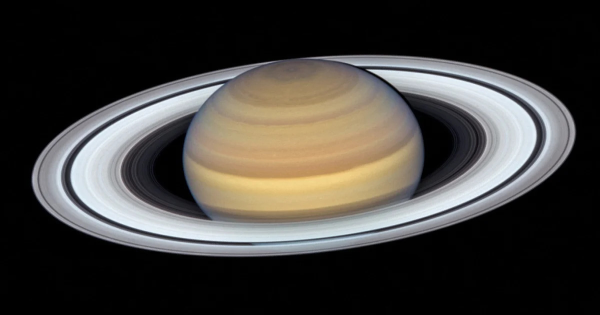Occurrence of an earthquake is due to the straining put on the ground by the tectonic plates when they get stuck. When this straining increases, the rocks give way and this results in an occurrence of fault lines. An earthquake results in the sudden release of the stowed energy in the Earth's crust. This creates seismic waves and results in the shaking and vibration of the ground. Earthquakes can cause displacement and ground rupture, fires, soil liquefaction, landslides and avalanches and tsunamis.
Earthquakes can cause: Loss of life, Diseases, Besides damaging property, roads, bridges, collapsing buildings and destabilizing their base. Therefore, earthquakes result in personal as well as economic loss. Given below are some amazing earthquake facts that you should know about.
Interesting Earthquake Facts: An earthquake occurs someplace once every thirty seconds! Some quakes cause slight tremors that can be hardly felt while others can have a strong impact. Sometimes there are small tremors that occur preceding an earthquake. These are called foreshocks. After an earthquake, many small quakes may occur which are called aftershocks. An earthquake can occur at any time of the day or night and can last for a few seconds to as long as a few minutes. There are about five hundred thousand detectable earthquakes globally every year. While a ten thousand of these can be felt, a hundred can cause serious damage. Most of the earthquakes occur at a distance of fifty miles from the Earth's surface. The earliest earthquake was recorded in the Shandong province of China back in 1831 BC.
The most earthquake prone zone in the world is Alaska. It is one of the most seismically active zones in the world. Alaska experiences a magnitude eight or greater earthquake every fourteen years, and a magnitude seven earthquake almost every year. On March 27, 1964, the largest recorded earthquake struck Prince William Sound, Alaska, in the United States of America. The magnitude of the earthquake was 9.2 on the Richter scale. The first earthquake in America was experienced in 1663 by the European settlers. Florida and North Dakota record the smallest number of earthquakes in the United States of America.
The largest recorded earthquake in the world was in Chile in 1960. The magnitude of the earthquake was 9.5. During the Chilean earthquake, the seismic waves traveled around the globe for many days. This is known as free oscillation of the Earth. The interiors of Antarctica have a phenomenon similar to earthquakes, known as ice quakes. The ice quakes occur within the ice sheet, instead of the land under the ice sheet. The earthquake that occurred in central China in 1556 is the world's deadliest quake ever. The quake struck a region in China where most people lived in caves carved out from soft rock. These caves collapsed during the earthquake, killing over 830,000 people. Another deadly earthquake struck Tangshan, China in 1976, killing an estimated 250,000 people.
Seismologists depend on the seismogram, numeric modeling and other geodetic measurements to measure the capacity of magnitude of the earthquakes. Therefore, 'magnitude' is the quantitative expression of the earthquake, while the shaking capacity of the earthquake is called 'intensity'. The location below the Earth's surface, where the rupture of the fault begins is known as the hypocenter. The point directly above the hypocenter on the surface of the Earth is known as the epicenter.The Southern Californian region has about ten thousand earthquakes every year. However, many of them are small and are not felt. Rarely any of them are above magnitude three and a few are above magnitude four. Therefore, earthquakes occur almost every day in California. Such earthquakes also occur in Indonesia, Japan and Azores in Portugal.
Majority of earthquakes occur along the plate boundaries. The Pacific Plate is known as the Pacified Plate of Fire because it is one of the most active plate boundaries where earthquakes as well as eruptions are frequent. It is said that in Australia, an earthquake that measures 5.5 on the Richter scale occurs every 15 months on an average.The western and central parts of Australia, are the most seismically active areas.




.gif)







































